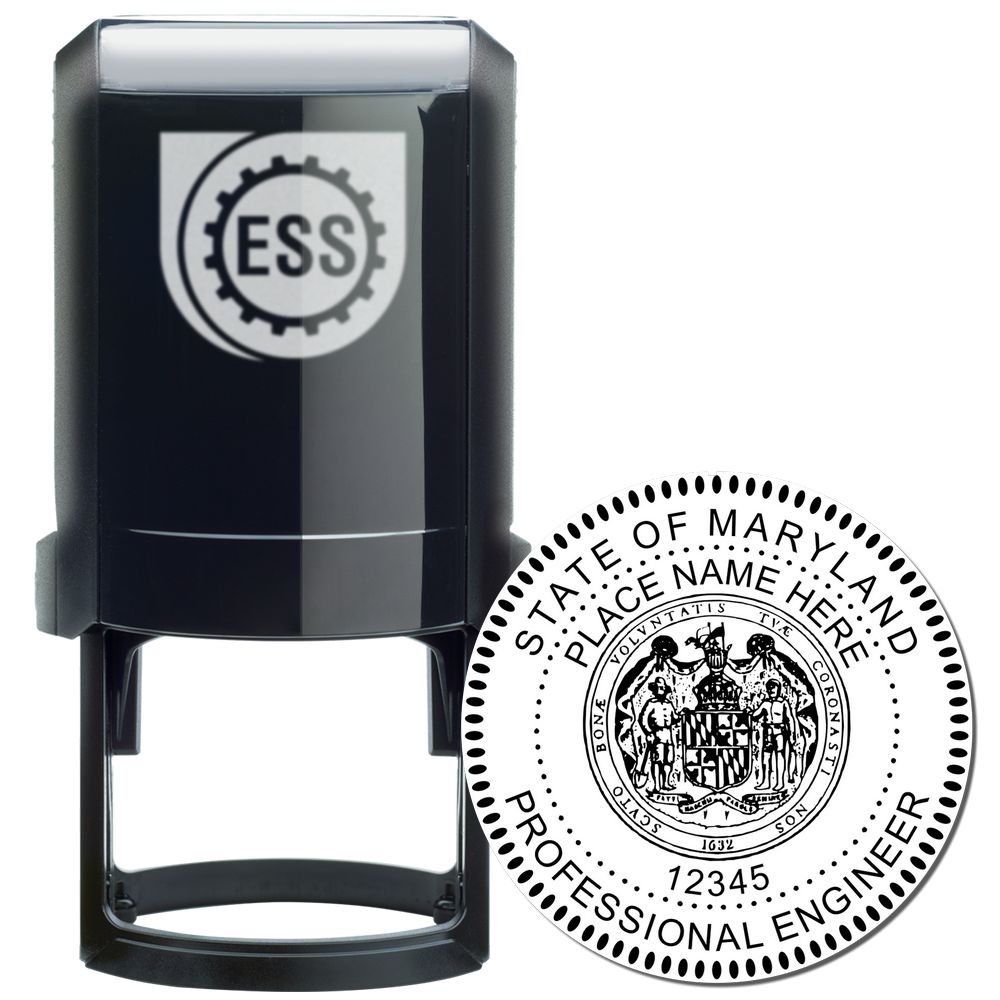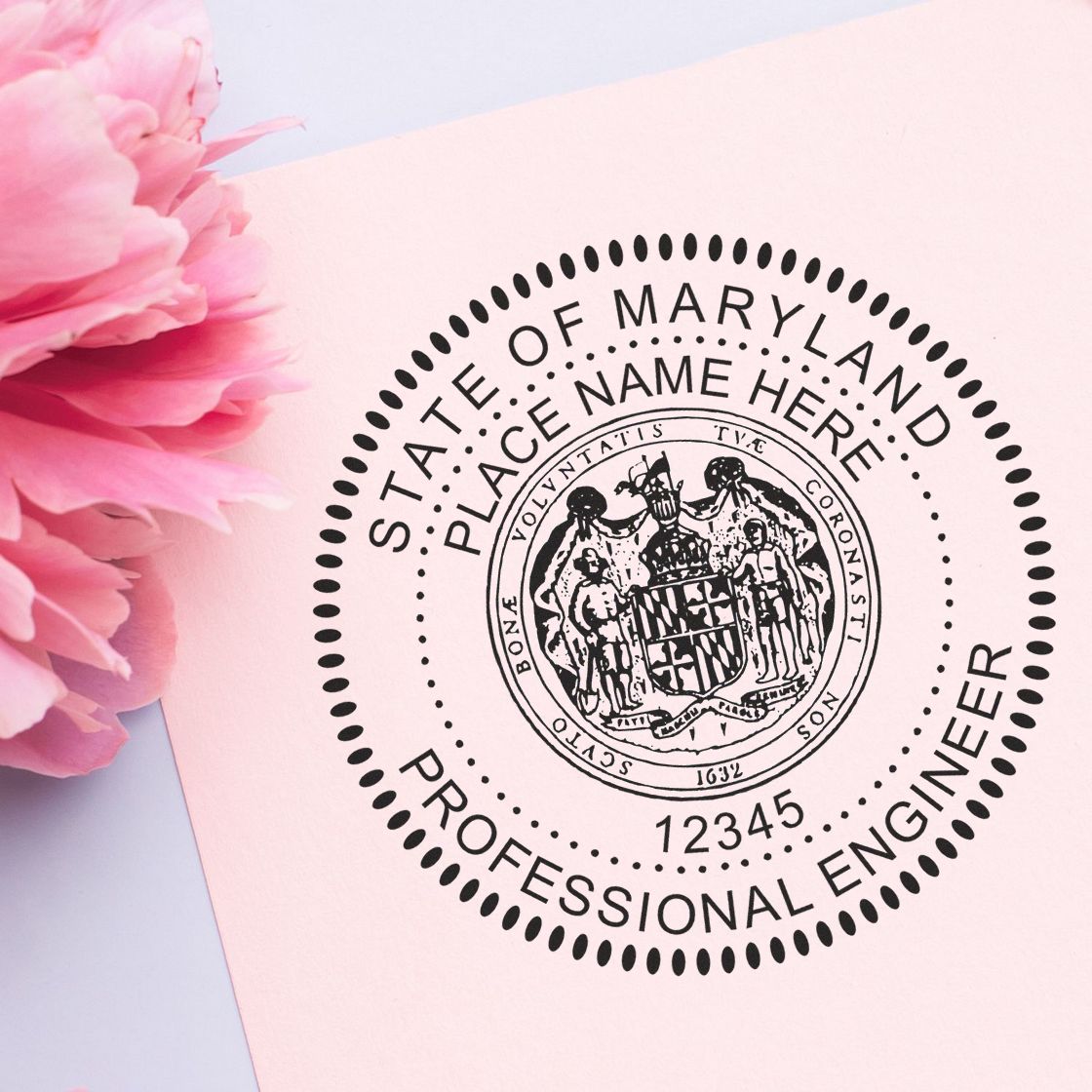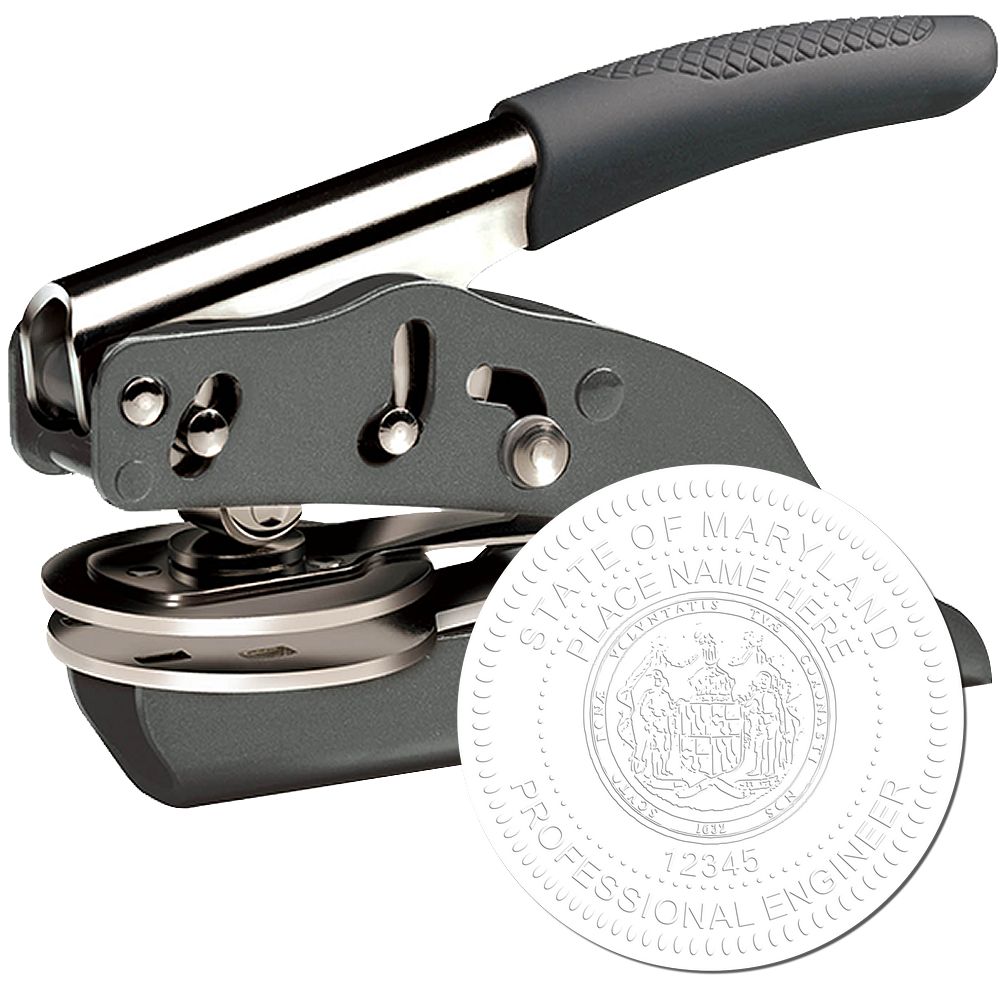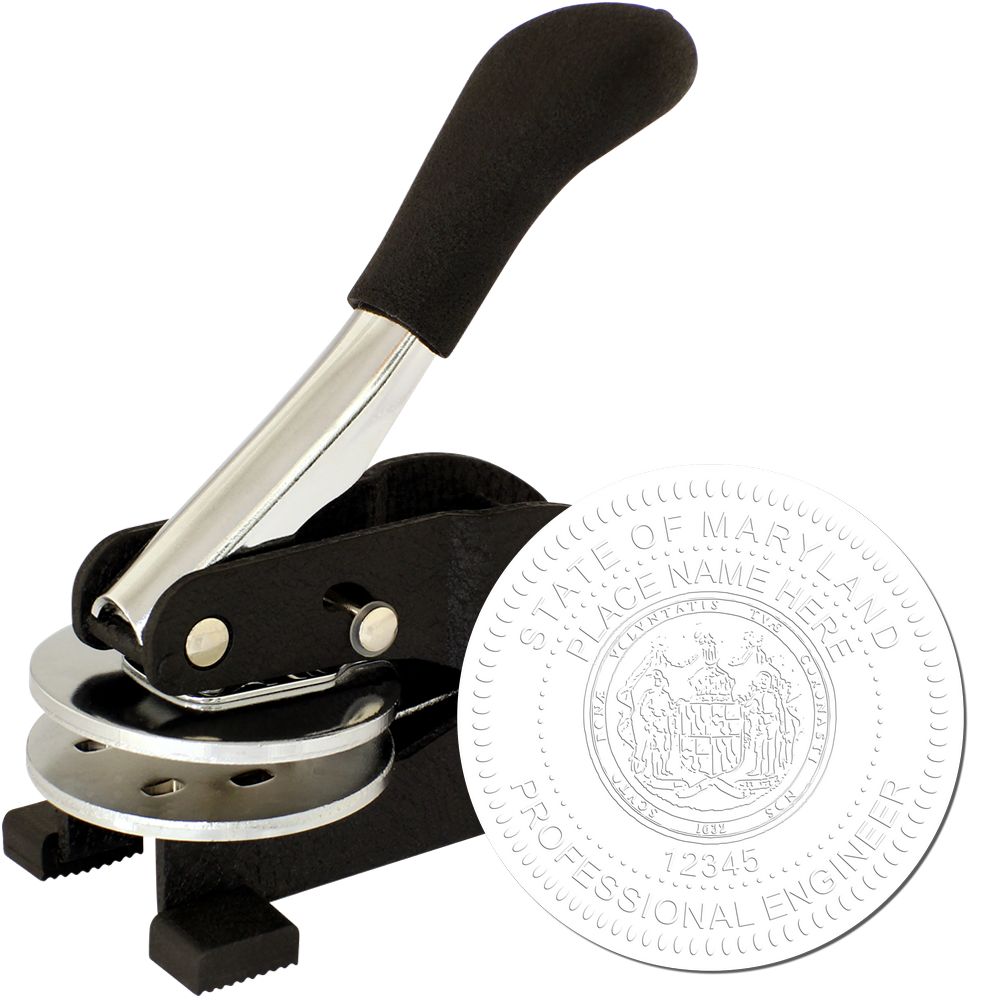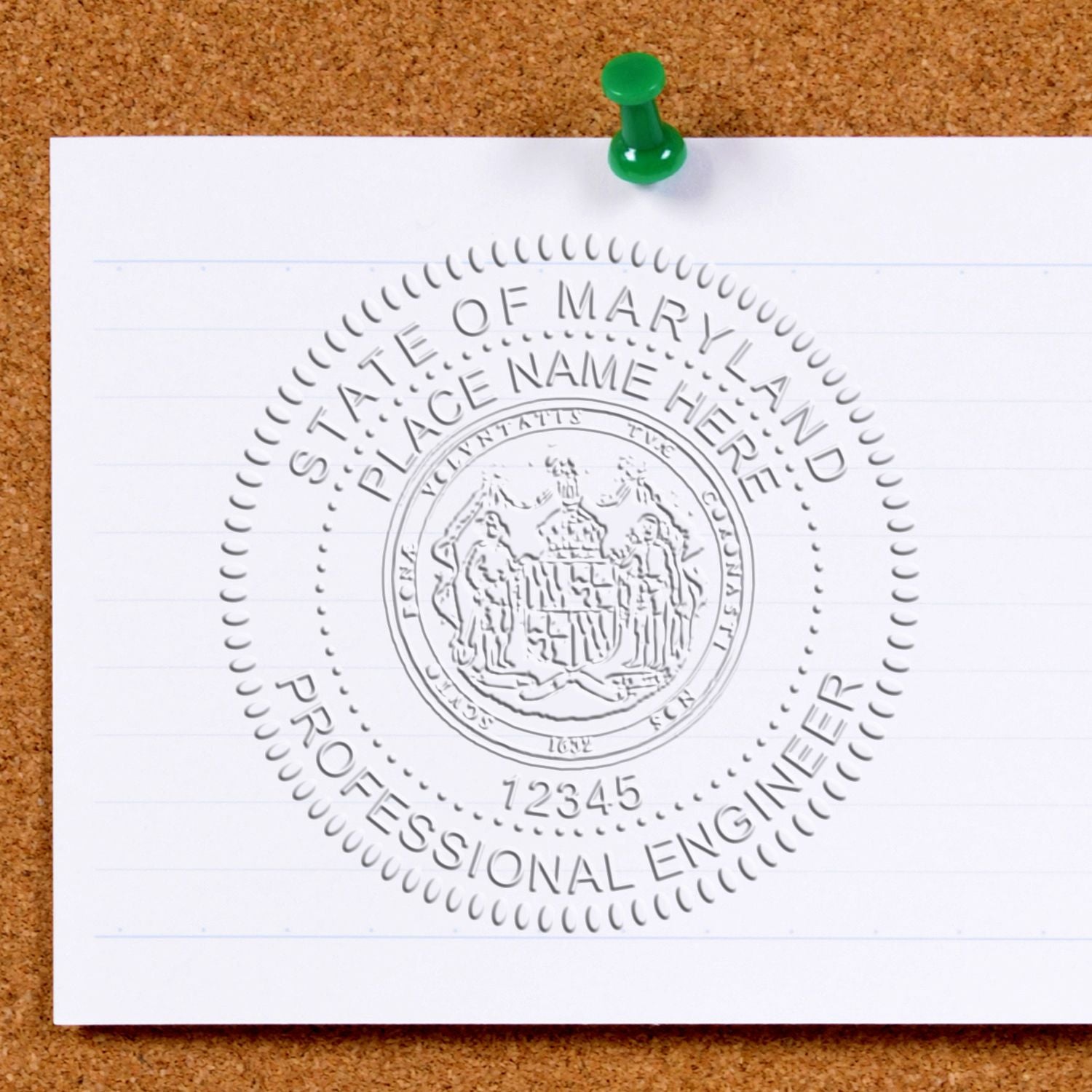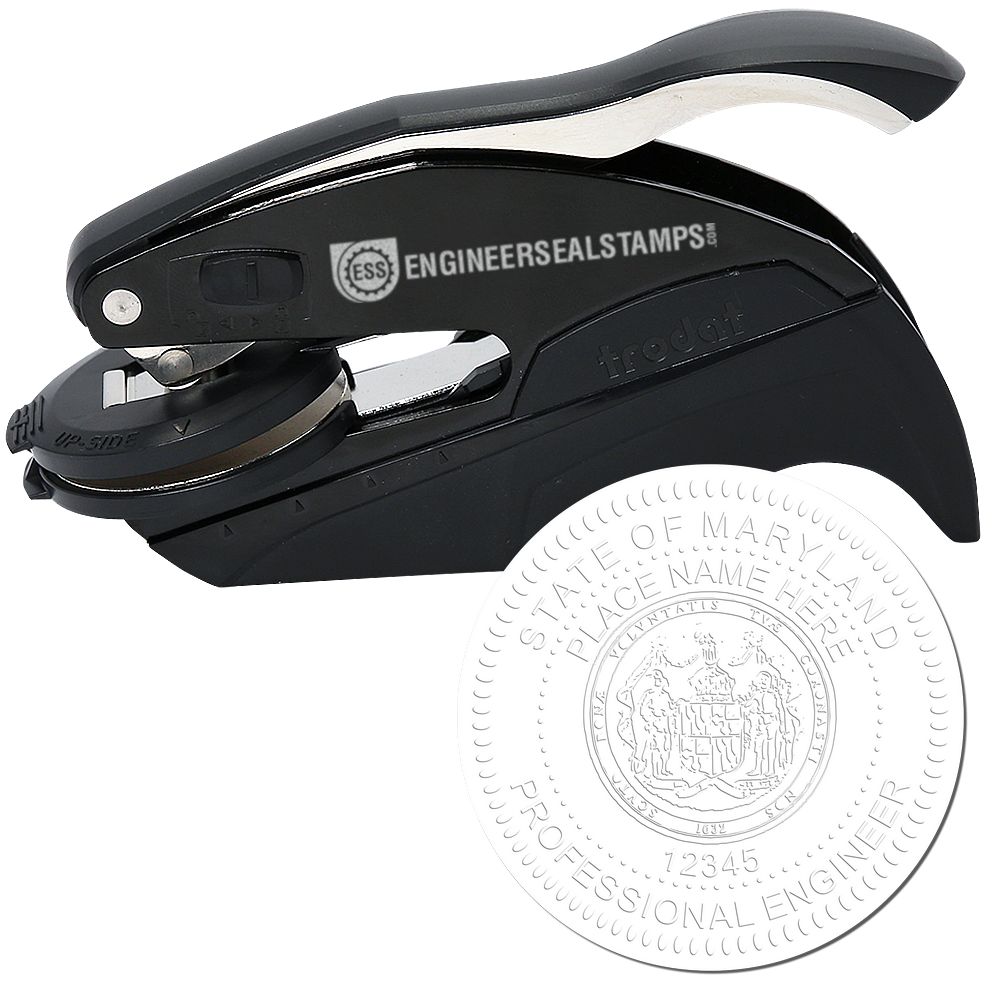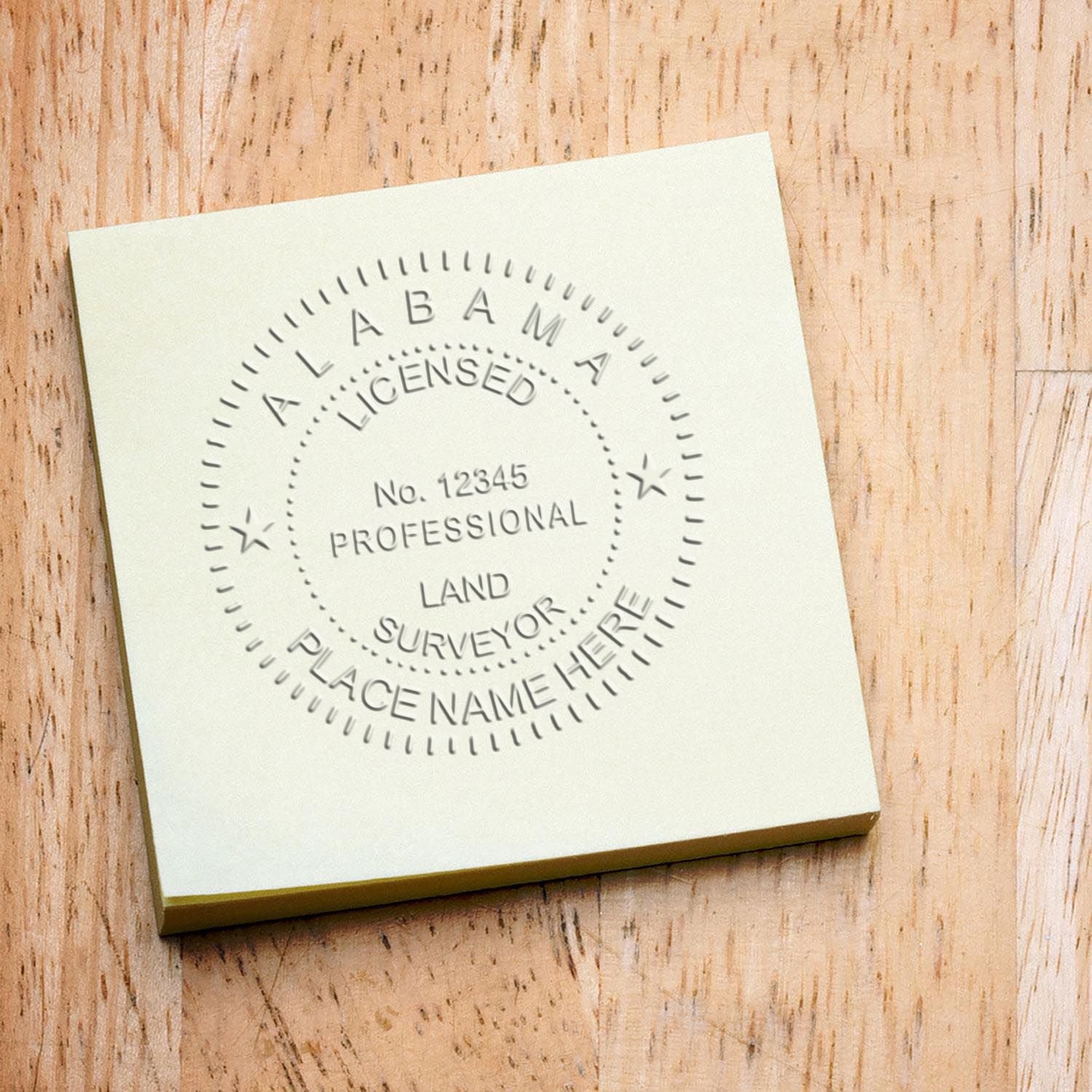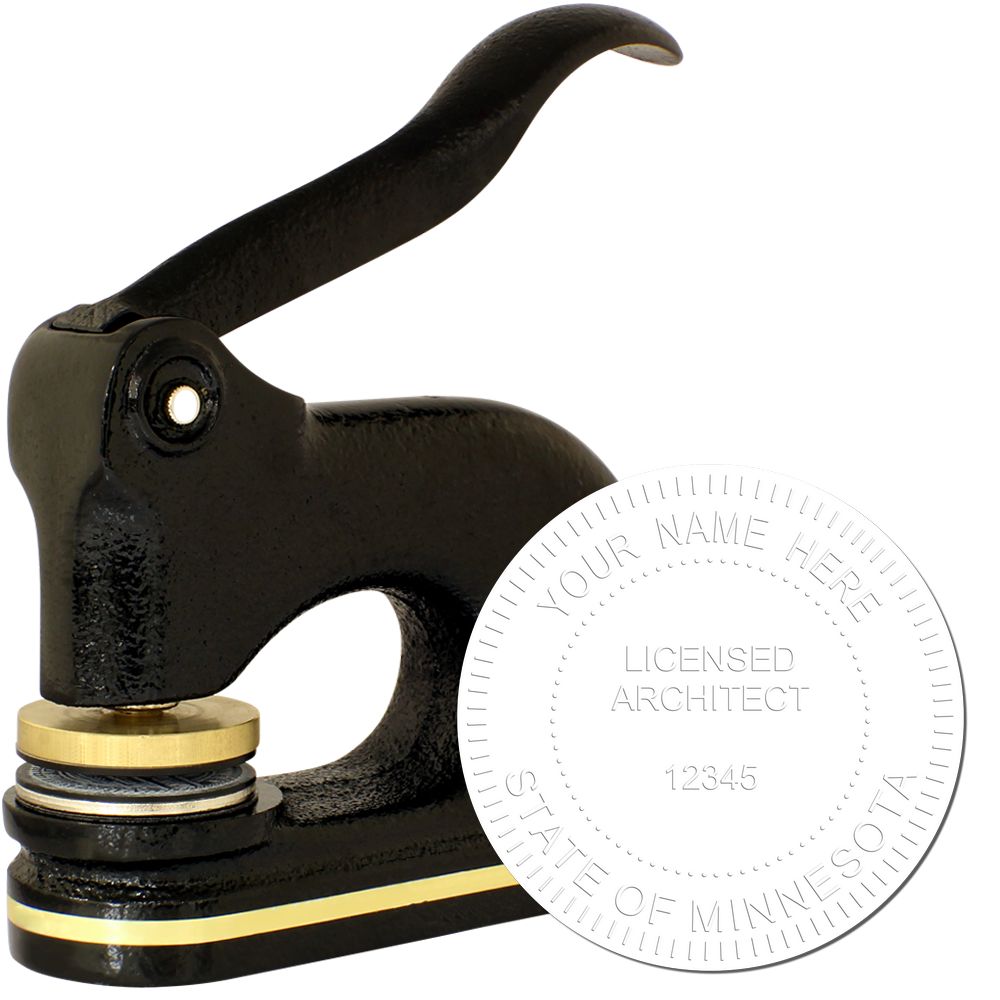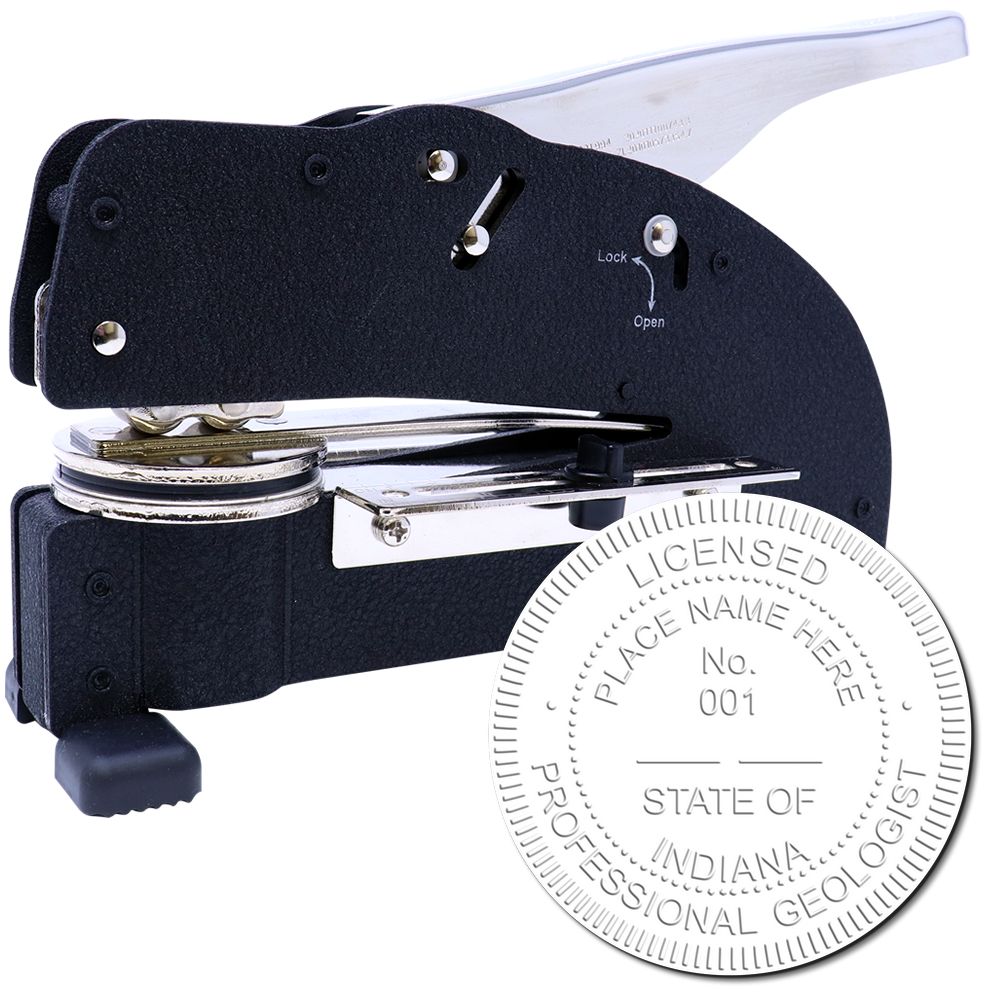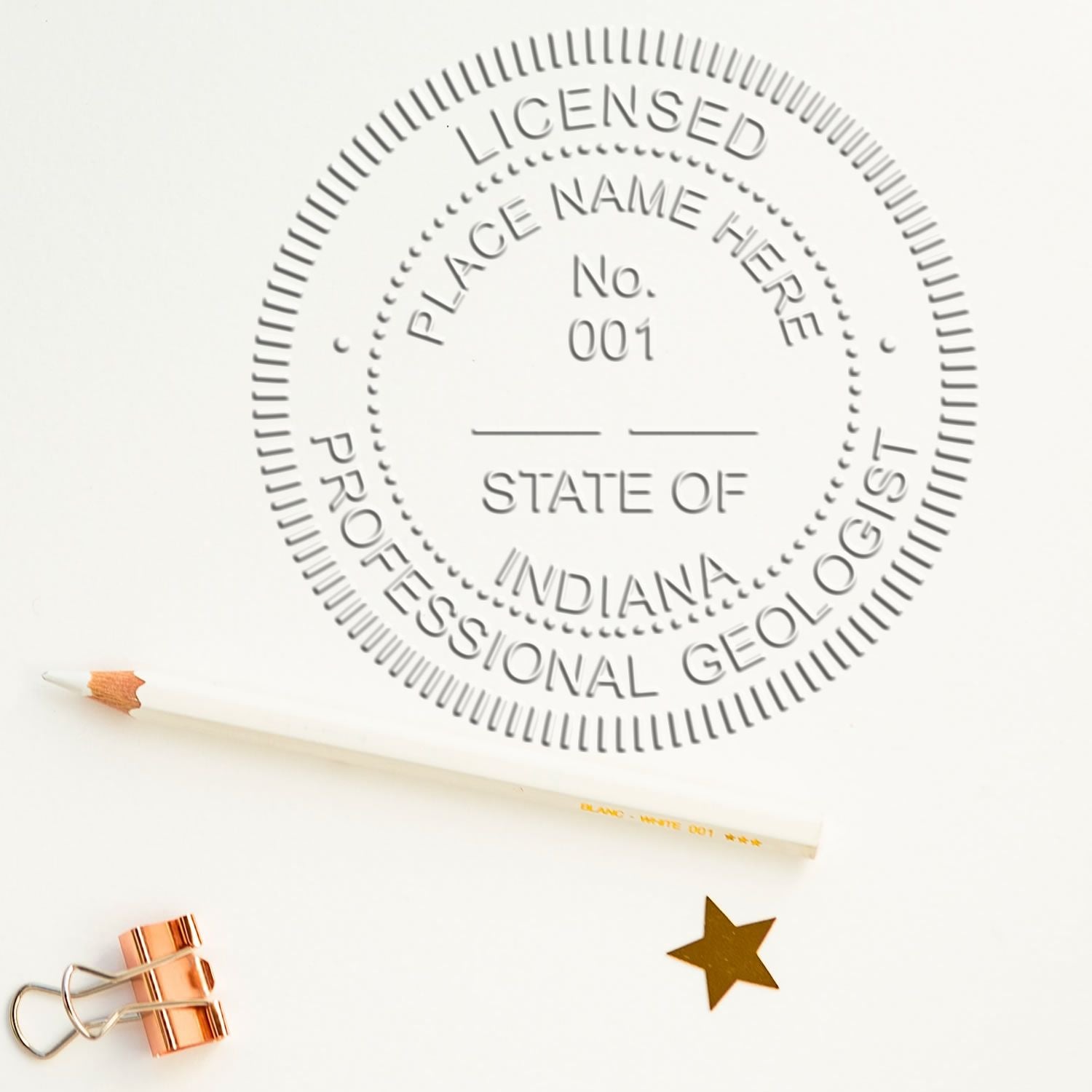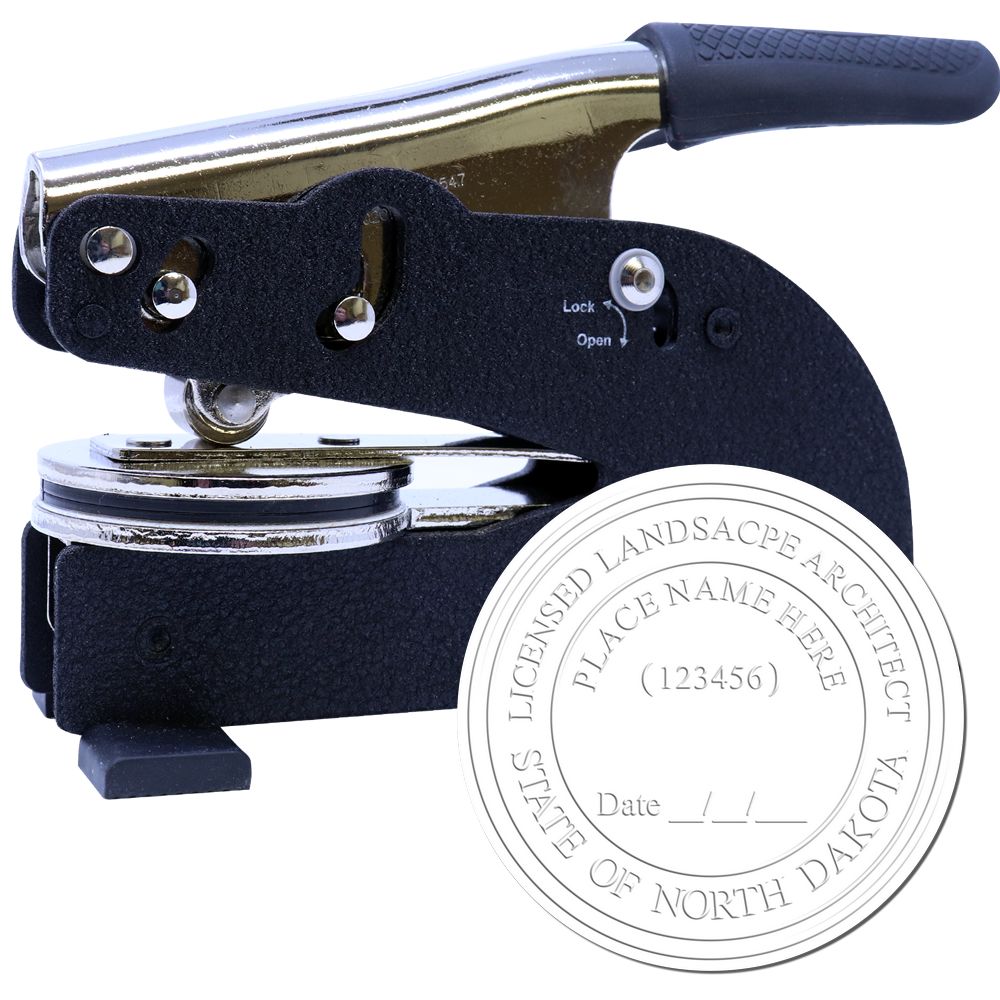Understanding the Maryland PE Stamp
In the field of engineering, the Maryland PE Stamp holds significant importance. To grasp its role and value, it's essential to understand what a PE Stamp is and why it is crucial in the state of Maryland.
What is a PE Stamp?
A PE Stamp, also known as a Professional Engineer Stamp, is an official seal used by licensed professional engineers to certify their work. It serves as an indicator that the engineer has met the necessary qualifications and possesses the required expertise to ensure the safety and integrity of engineering projects.
The PE Stamp typically consists of the engineer's name, license number, and the phrase "Professional Engineer" or "PE." It is imprinted on engineering documents, such as blueprints, drawings, calculations, and reports, to signify that the work has been reviewed and approved by a licensed professional engineer.
Importance of the PE Stamp in Maryland
In Maryland, the PE Stamp holds significant importance for engineers practicing within the state. It is a legal requirement that engineers must hold a valid PE Stamp before they can offer their professional services to the public.
The Maryland State Board of Professional Engineers, established to safeguard public welfare, enforces the regulations related to the use of the PE Stamp. By adhering to these guidelines, engineers are ensuring that their work meets the necessary standards and is in compliance with state regulations.
The PE Stamp serves as a mark of credibility and accountability, providing assurance to clients, regulatory authorities, and the general public that the engineering work has been performed by a qualified professional. It signifies that the engineer has undergone rigorous education, passed the necessary examinations, and possesses the expertise to carry out engineering tasks competently.
By understanding the significance of the PE Stamp in Maryland, engineers can navigate the licensing requirements and guidelines more effectively. Staying informed about the Maryland PE Stamp requirements and regulations is crucial to ensure compliance and maintain professional integrity.
In the following sections, we will delve deeper into the licensing requirements for professional engineers in Maryland, as well as the guidelines for using the PE Stamp in the state. Stay tuned to learn more about the specific regulations and standards that engineers must adhere to in Maryland.
Maryland PE Stamp Guidelines
To ensure compliance with the professional engineering regulations in Maryland, it is essential to understand the Maryland PE Stamp guidelines. These guidelines outline the requirements and regulations that professional engineers must follow when using the PE stamp in Maryland.
Licensing Requirements for Professional Engineers in Maryland
Before using the PE stamp in Maryland, professional engineers must meet certain licensing requirements. These requirements are put in place to ensure that engineers possess the necessary education, experience, and competence to practice engineering safely and effectively in the state.
To obtain a professional engineering license in Maryland, individuals must typically:
- Hold a bachelor's degree in engineering from an accredited institution or an equivalent degree recognized by the Maryland State Board of Professional Engineers.
- Accumulate a specific number of years of professional engineering experience. The exact experience requirement may vary depending on the candidate's educational background.
- Pass the Fundamentals of Engineering (FE) exam, which tests the candidate's knowledge of fundamental engineering principles.
- Gain the necessary experience and submit an application to take the Principles and Practice of Engineering (PE) exam.
- Pass the PE exam, which evaluates the candidate's competency in their chosen engineering discipline.
For detailed information on the specific licensing requirements for professional engineers in Maryland, refer to our article on maryland pe stamp requirements.
Maryland State Board of Professional Engineers
The Maryland State Board of Professional Engineers is the regulatory body responsible for overseeing the licensing and regulation of professional engineers in the state. The board ensures that professional engineers adhere to the highest standards of professional conduct and ethics.

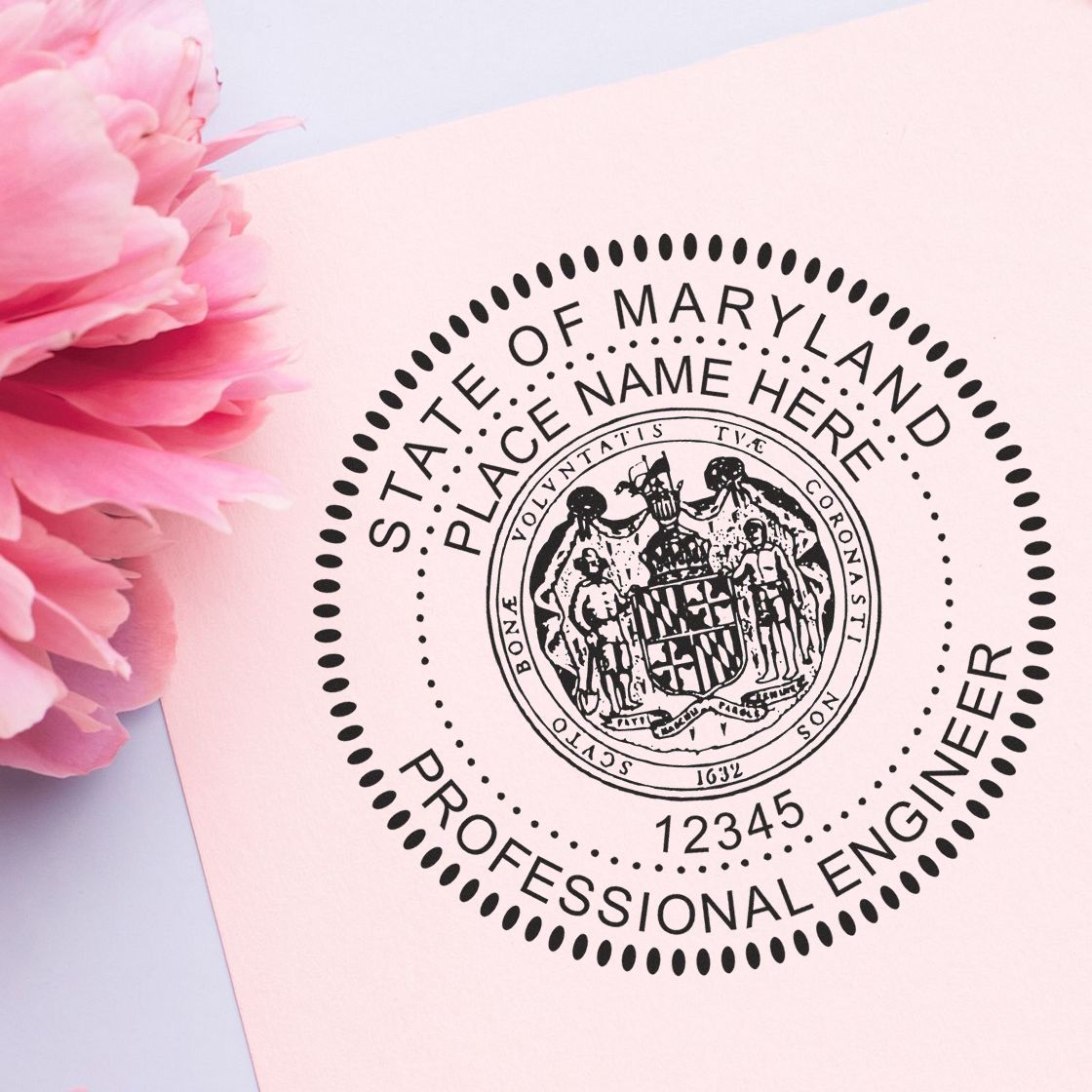
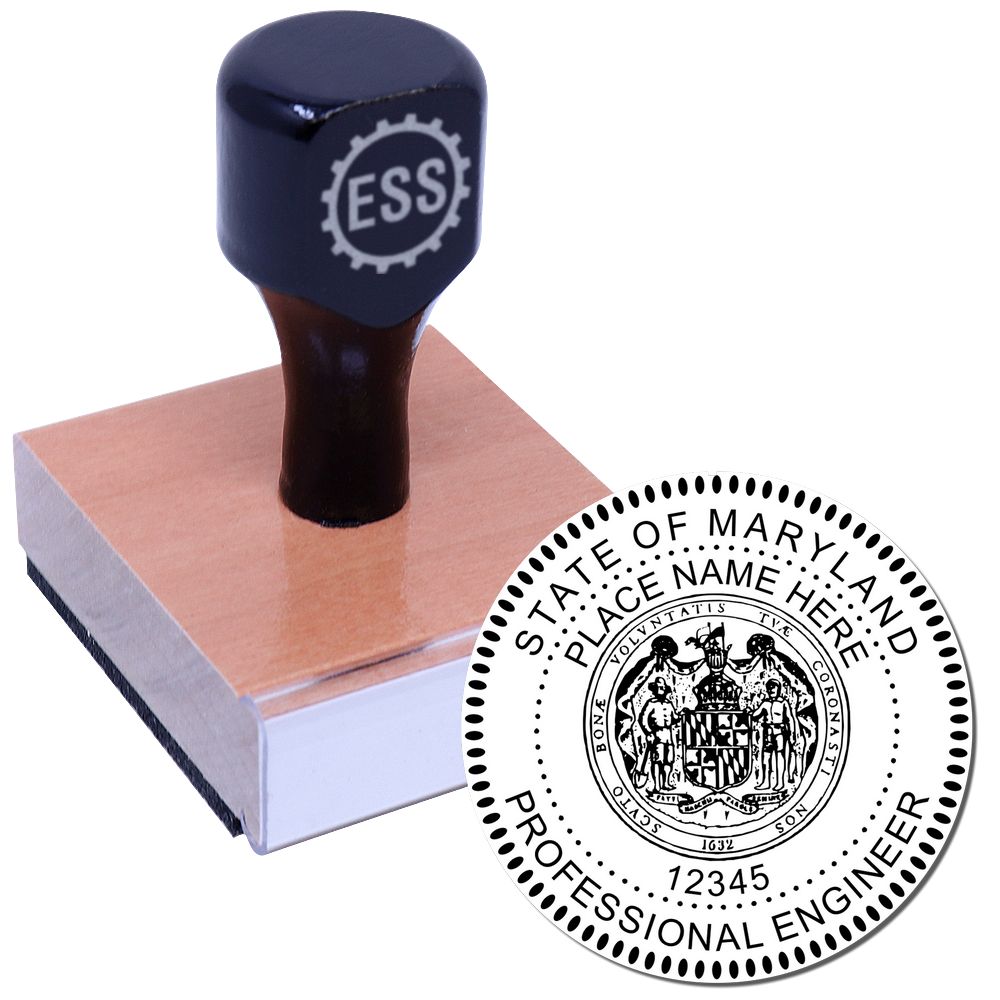
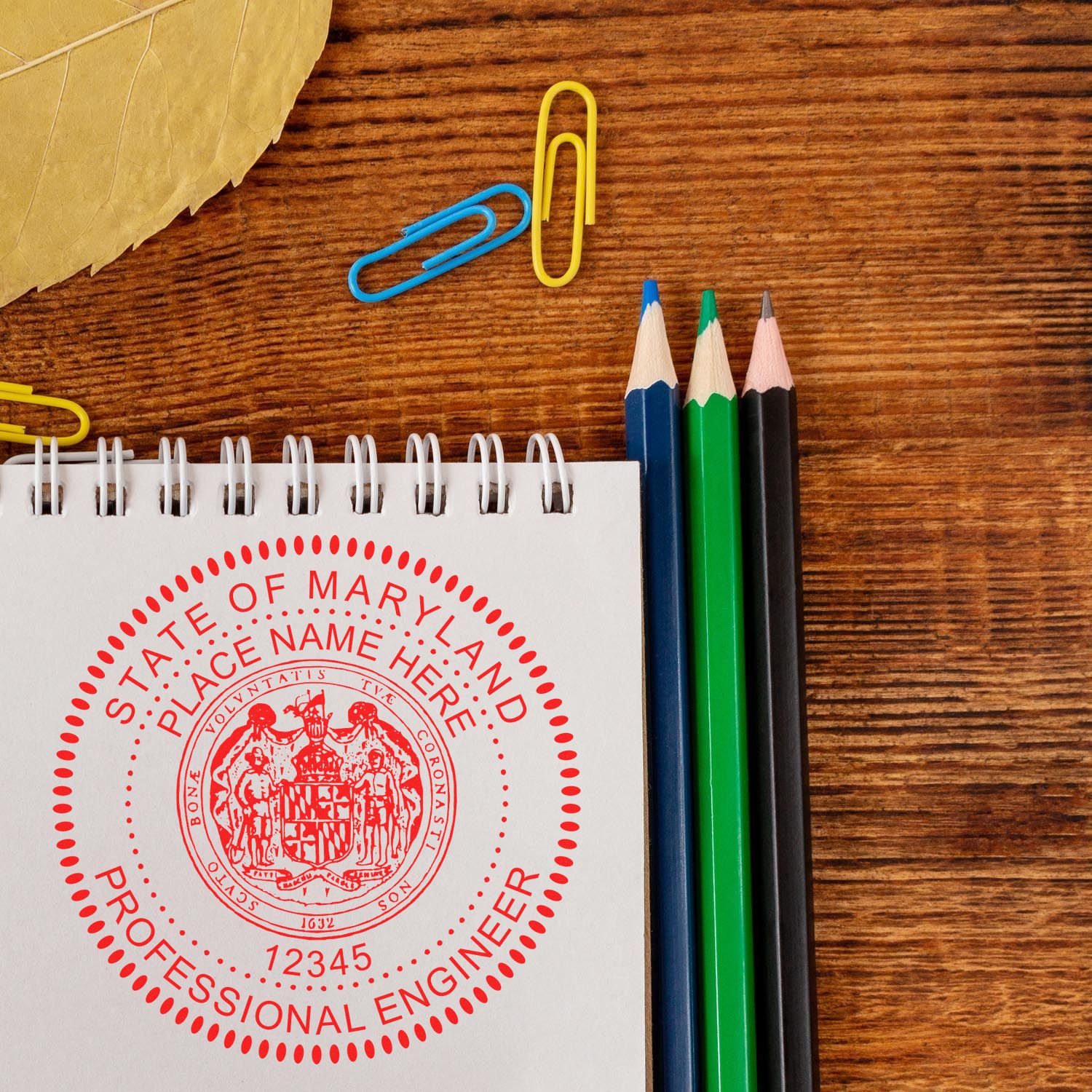
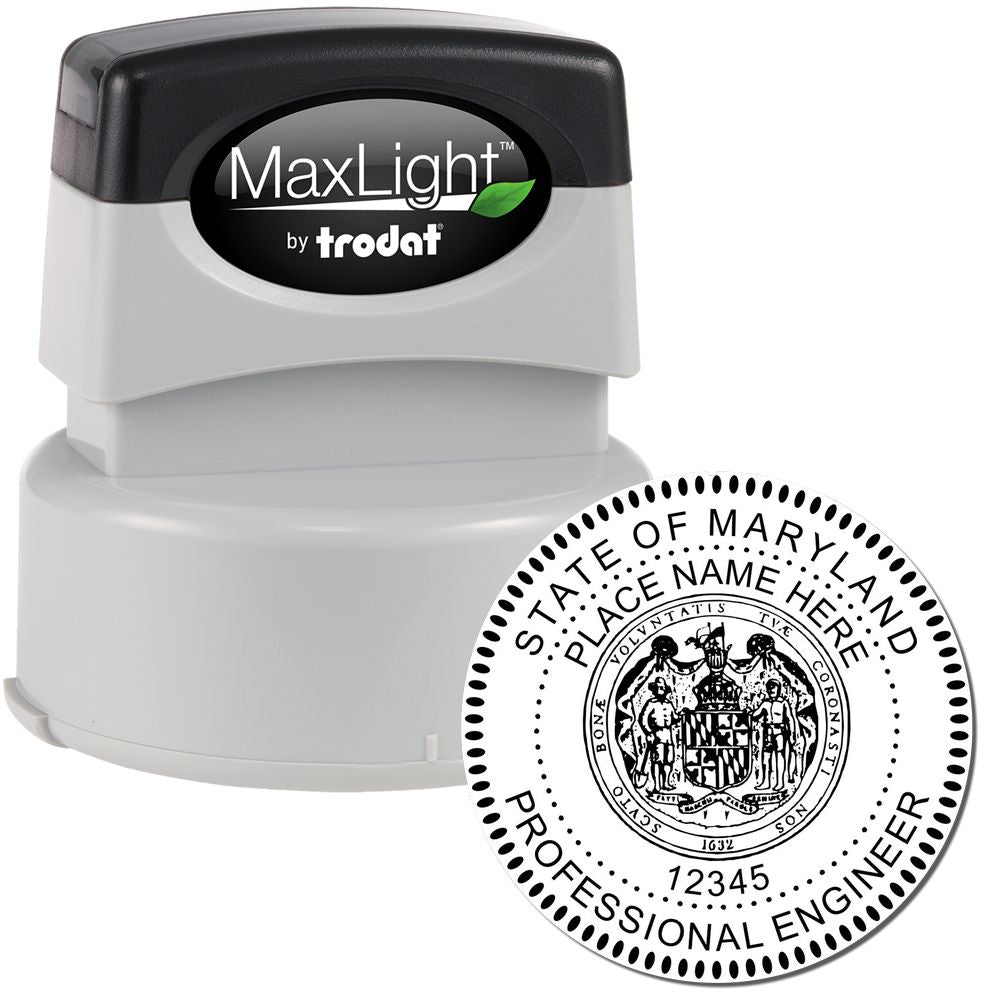
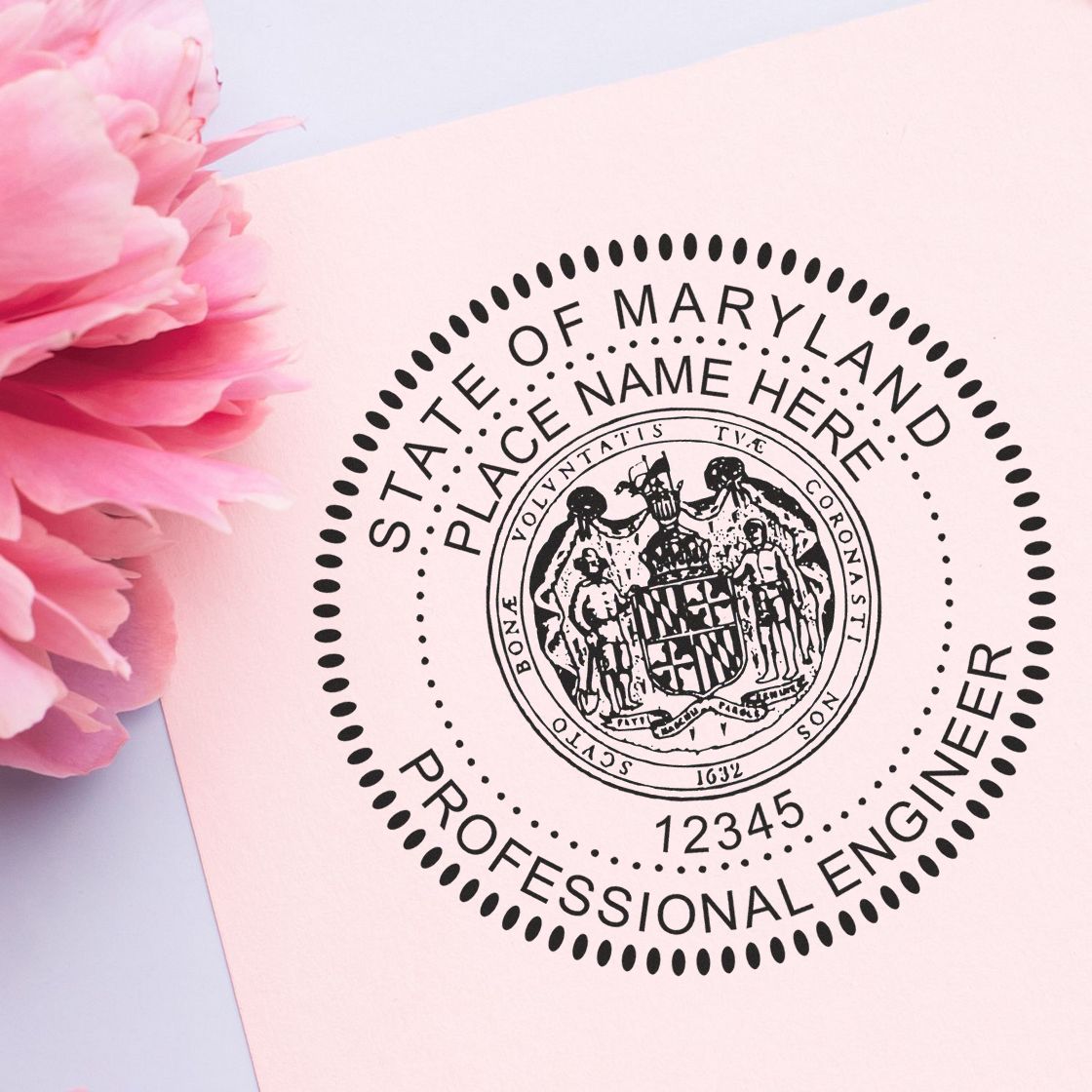
The board's responsibilities include:
- Evaluating and approving applications for professional engineering licensure.
- Administering and scoring the FE and PE exams.
- Conducting investigations and disciplinary actions against professional engineers who violate the regulations.
- Providing resources and information to assist professional engineers in maintaining compliance with the regulations.
For more information on the Maryland State Board of Professional Engineers and its role in regulating professional engineering in the state, visit their official website.
Guidelines for Using the PE Stamp
The PE stamp is an essential tool for professional engineers to signify their approval and responsibility for engineering documents and designs. When using the PE stamp in Maryland, engineers must follow specific guidelines to ensure compliance with the regulations.
Some key guidelines for using the PE stamp include:
- The PE stamp must be legible, clear, and identifiable.
- The stamp should include the engineer's name, license number, and the words "Professional Engineer" or the abbreviation "P.E."
- The PE stamp should only be used on documents prepared by or under the direct supervision of the professional engineer.
- The stamp should not be used on documents that the professional engineer did not review or approve.
- The PE stamp should be applied in a location that does not obscure or cover important information on the document.
For further details on the guidelines for using the PE stamp in Maryland, refer to our article on maryland professional engineer stamp.
By understanding and adhering to the Maryland PE Stamp guidelines, professional engineers can maintain compliance with the regulations set forth by the state. It is important to regularly stay informed about any changes or updates to the guidelines and to renew the PE stamp as required. Failure to comply with the guidelines can result in serious consequences, including disciplinary action and potential loss of licensure. For more information on the consequences of non-compliance, refer to our article on maryland pe stamp regulations.
Design and Placement of the PE Stamp
To ensure compliance with Maryland PE stamp guidelines, it's important to understand the design specifications and placement requirements for the PE stamp. The design of the stamp and its proper placement on engineering documents play a crucial role in conveying the professional certification of the engineer.
Design Specifications for the PE Stamp
The Maryland PE stamp must adhere to specific design specifications set forth by the Maryland State Board of Professional Engineers. These specifications include:
- The stamp should include the words "Professional Engineer" or the abbreviation "P.E." followed by the engineer's name and license number.
- The stamp should prominently display the state of Maryland seal.
- The stamp must be of a legible size, typically ranging from 1.5 to 2 inches in diameter.
- The stamp should be either a physical rubber stamp or a digital representation used for electronic documents.
It's important to note that the design specifications may vary slightly depending on the specific requirements of the Maryland State Board of Professional Engineers. For more detailed information on the design specifications for the PE stamp, refer to our article on Maryland PE stamp requirements.
Placement Requirements for the PE Stamp
The proper placement of the PE stamp on engineering documents is crucial to ensure its visibility and validity. The stamp should be placed in a location that clearly identifies the engineer responsible for the design or analysis of the document. Common placement locations include:
- Drawings: The PE stamp should be placed near the engineer's signature, typically in the bottom right corner of the drawing sheet.
- Reports and Specifications: The stamp should be placed on the cover page or in a prominent location within the document, ensuring its visibility to anyone reviewing the document.
It's important to follow the specific guidelines provided by the Maryland State Board of Professional Engineers regarding the placement of the PE stamp. By adhering to these guidelines, engineers can confidently convey their professional certification and ensure compliance with the Maryland PE stamp regulations. For more information on Maryland PE stamps and their regulations, visit our article on Maryland professional engineer stamp.
Understanding the design specifications and placement requirements for the PE stamp is essential for engineers practicing in Maryland. It ensures that their professional certifications are clearly communicated and recognized by regulatory bodies, clients, and other stakeholders. Regularly reviewing and updating the PE stamp as needed, as well as staying informed about any changes in the guidelines, helps engineers maintain compliance and avoid any potential consequences of non-compliance. To learn more about the renewal process for the Maryland PE stamp, check out our article on Maryland PE stamp renewal.
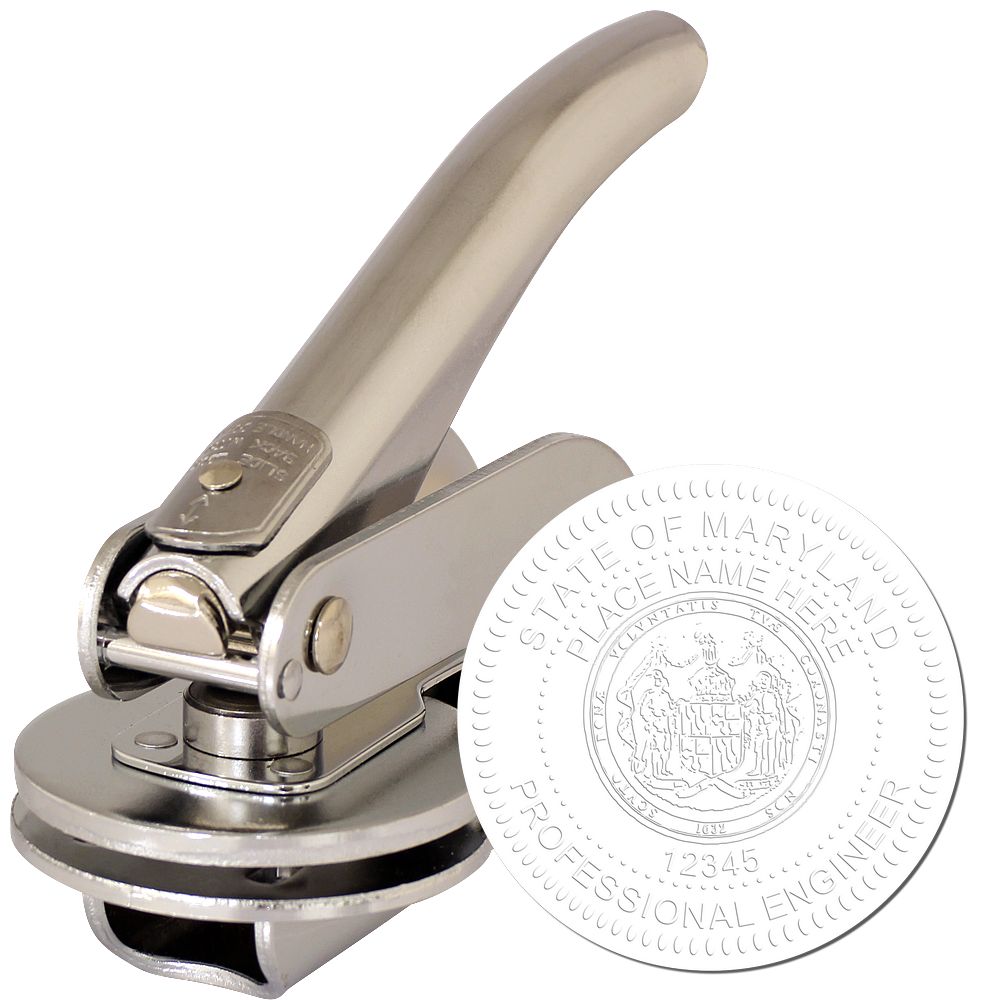
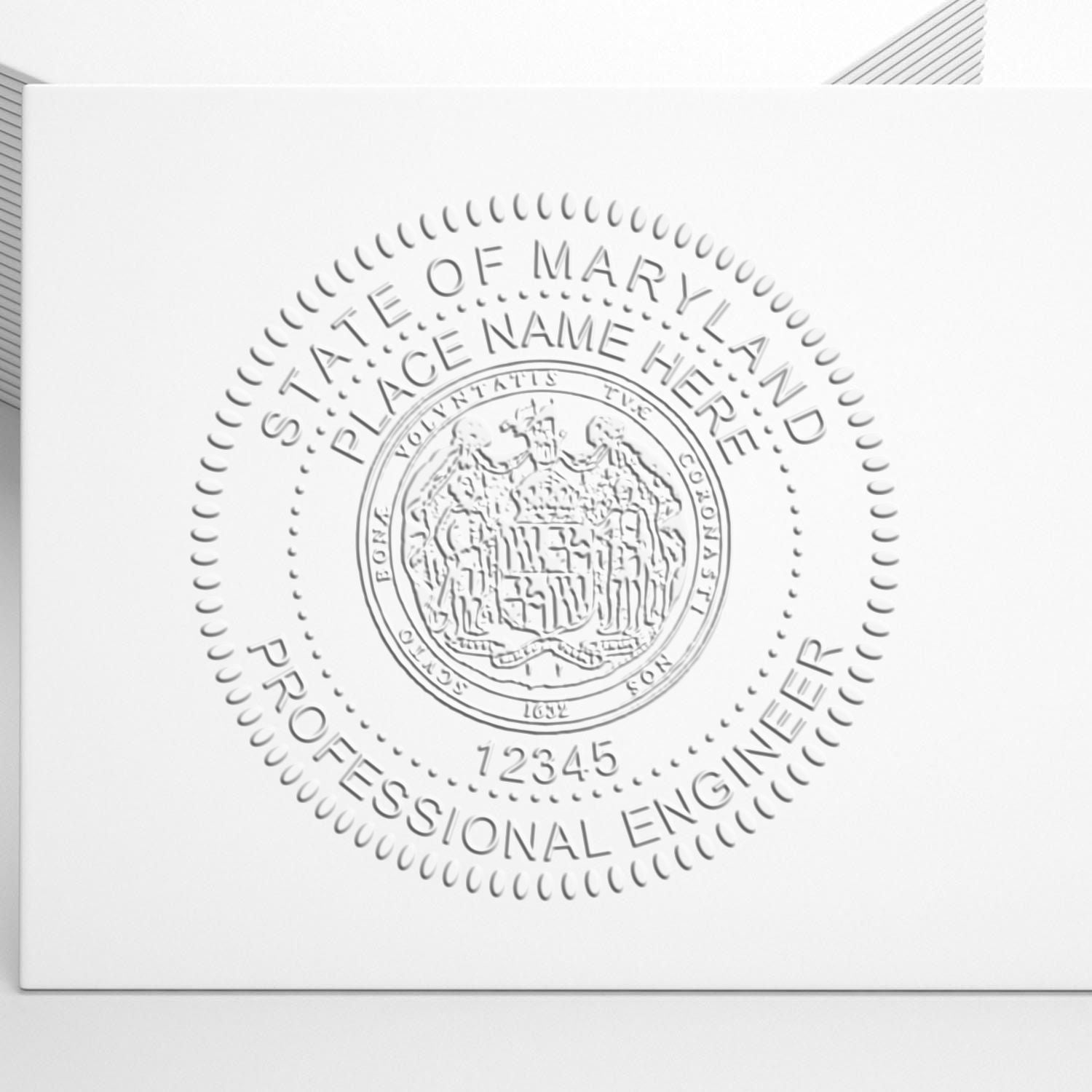
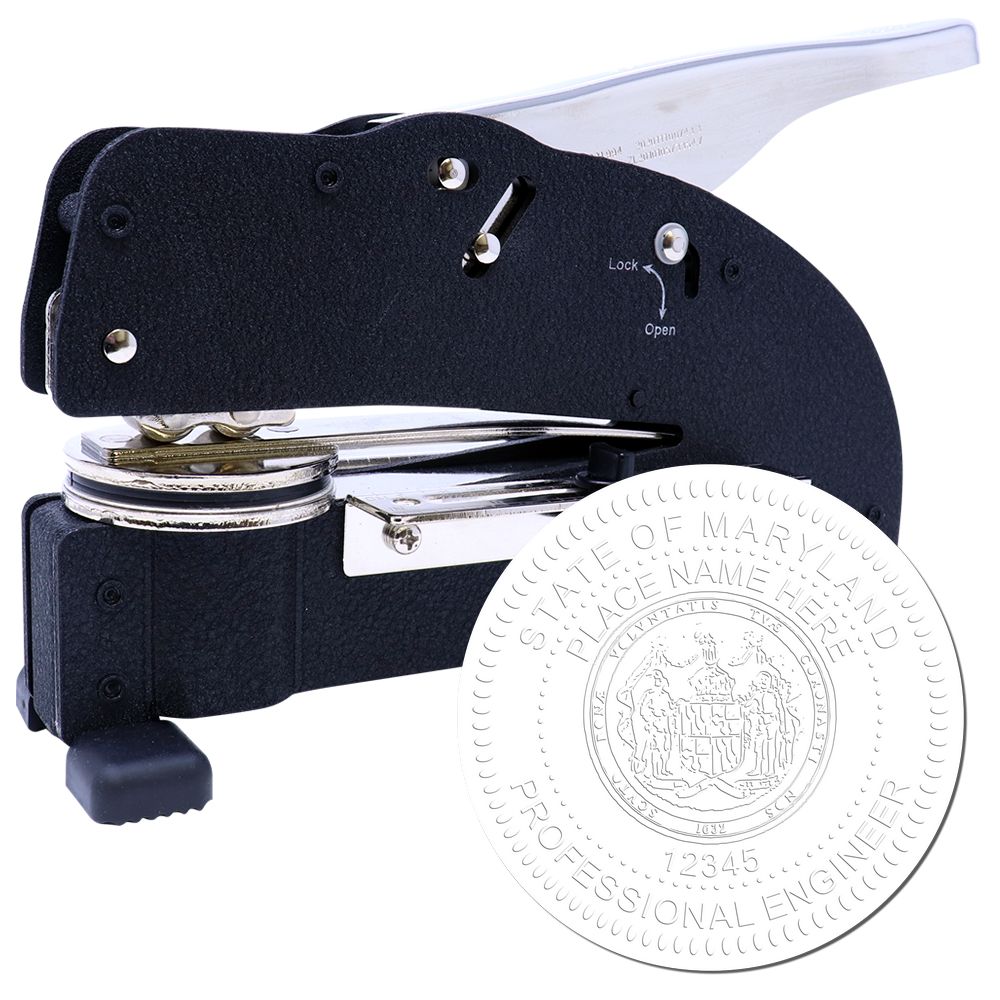
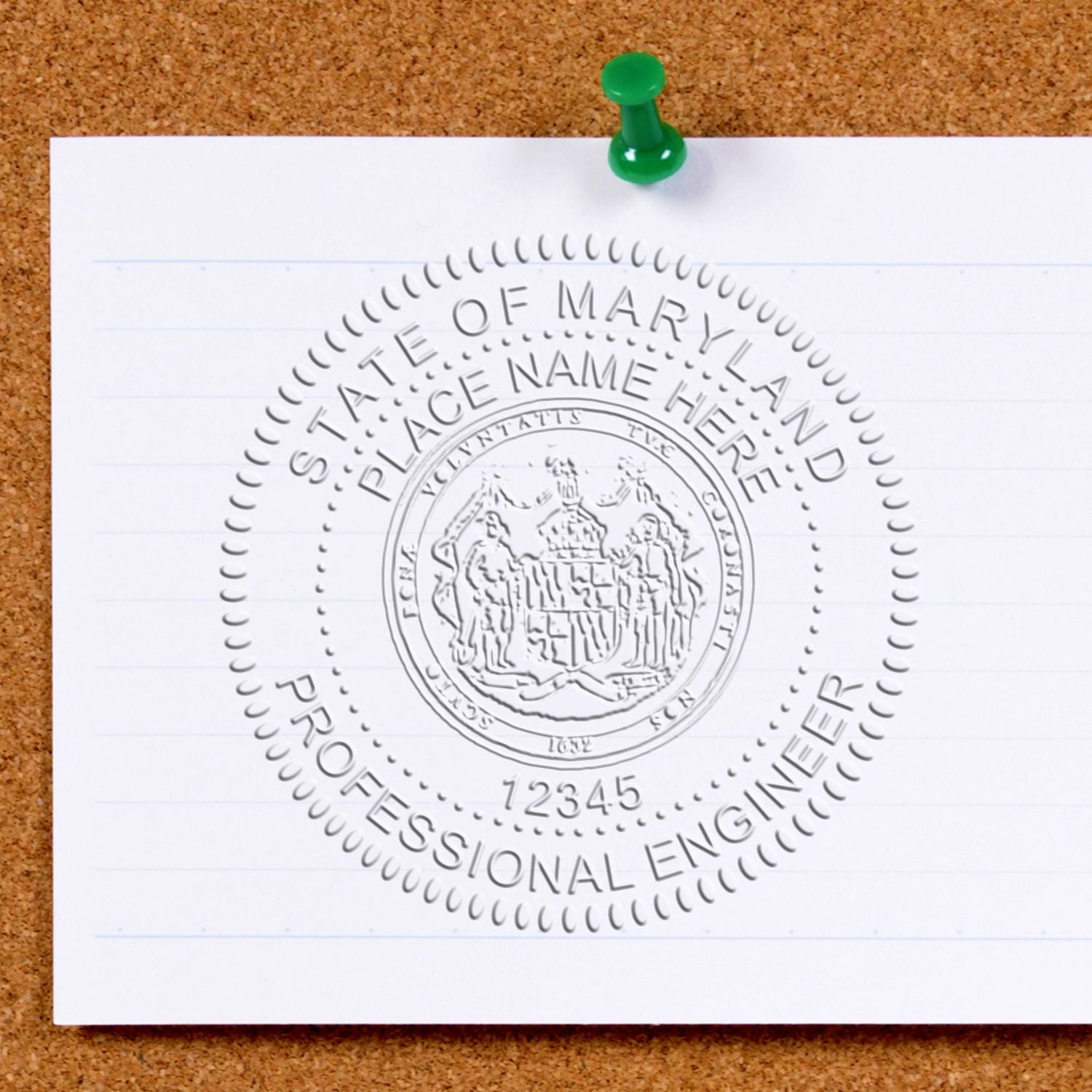
Ensuring Compliance with Maryland PE Stamp Guidelines
To maintain compliance with the Maryland PE stamp guidelines, it's essential for professional engineers to stay up-to-date and adhere to the necessary requirements. This section will cover three crucial aspects of ensuring compliance: regularly updating your PE stamp, staying informed about changes in guidelines, and understanding the consequences of non-compliance with PE stamp guidelines.
Regularly Updating Your PE Stamp
As a professional engineer in Maryland, it is important to keep your PE stamp up-to-date. The PE stamp serves as a representation of your licensure and expertise, and it must reflect your current professional standing. Regularly updating your PE stamp involves renewing it in a timely manner as required by the Maryland State Board of Professional Engineers.
The renewal process typically involves submitting an application and paying the required fees. The specific requirements for PE stamp renewal may vary, so it's crucial to refer to the guidelines provided by the Maryland State Board of Professional Engineers. For more detailed information on Maryland PE stamp renewal, refer to our article on maryland pe stamp renewal.
Staying Informed about Changes in Guidelines
To ensure compliance with Maryland PE stamp guidelines, it is vital for professional engineers to stay informed about any changes or updates to the regulations. The Maryland State Board of Professional Engineers periodically updates its guidelines to align with industry standards and ensure public safety.
To stay informed, regularly check the official website of the Maryland State Board of Professional Engineers for any updates or announcements. Additionally, consider subscribing to professional engineering organizations and newsletters that provide industry news and updates. By staying informed, you can ensure that your PE stamp remains in compliance with the most current guidelines.
Consequences of Non-Compliance with PE Stamp Guidelines
Non-compliance with Maryland PE stamp guidelines can have serious consequences for professional engineers. It is essential to understand the potential ramifications to maintain professional integrity and protect public safety.
Consequences for non-compliance may include disciplinary action by the Maryland State Board of Professional Engineers, which can range from warnings and fines to suspension or revocation of licensure. Additionally, non-compliance can result in legal liabilities and reputational damage. By adhering to the guidelines and maintaining compliance with the PE stamp requirements, professional engineers can avoid these potential consequences.
Understanding and adhering to the Maryland PE stamp guidelines is crucial for professional engineers in the state. By regularly updating your PE stamp, staying informed about changes in guidelines, and ensuring compliance, you can maintain professional integrity and uphold the highest standards of engineering practice. For more information on Maryland PE stamp requirements, refer to our article on maryland pe stamp requirements.
About ESS
At Engineer Seal Stamps, we pride ourselves on being the makers of high-quality custom rubber stamps, professional seals, and notary stamps. Our commitment to providing exceptional products and outstanding customer service is evident in everything we do. As industry leaders, we understand the importance of creating reliable stamps that meet your exact requirements and specifications.
We offer a variety of options to ensure our customers receive the exact product they need. Our team of highly skilled professionals works diligently to ensure we provide a range of state board guarantees on each of our products. These guarantees give you peace of mind knowing that you are receiving a reliable, efficient and trustworthy engineering seal stamp or notary stamp. Moreover, our team is committed to providing an unparalleled quick turnaround time on all of our products. This ensures that you receive your customized stamps in a timely manner, allowing you to proceed with your projects or business operations without any delays.
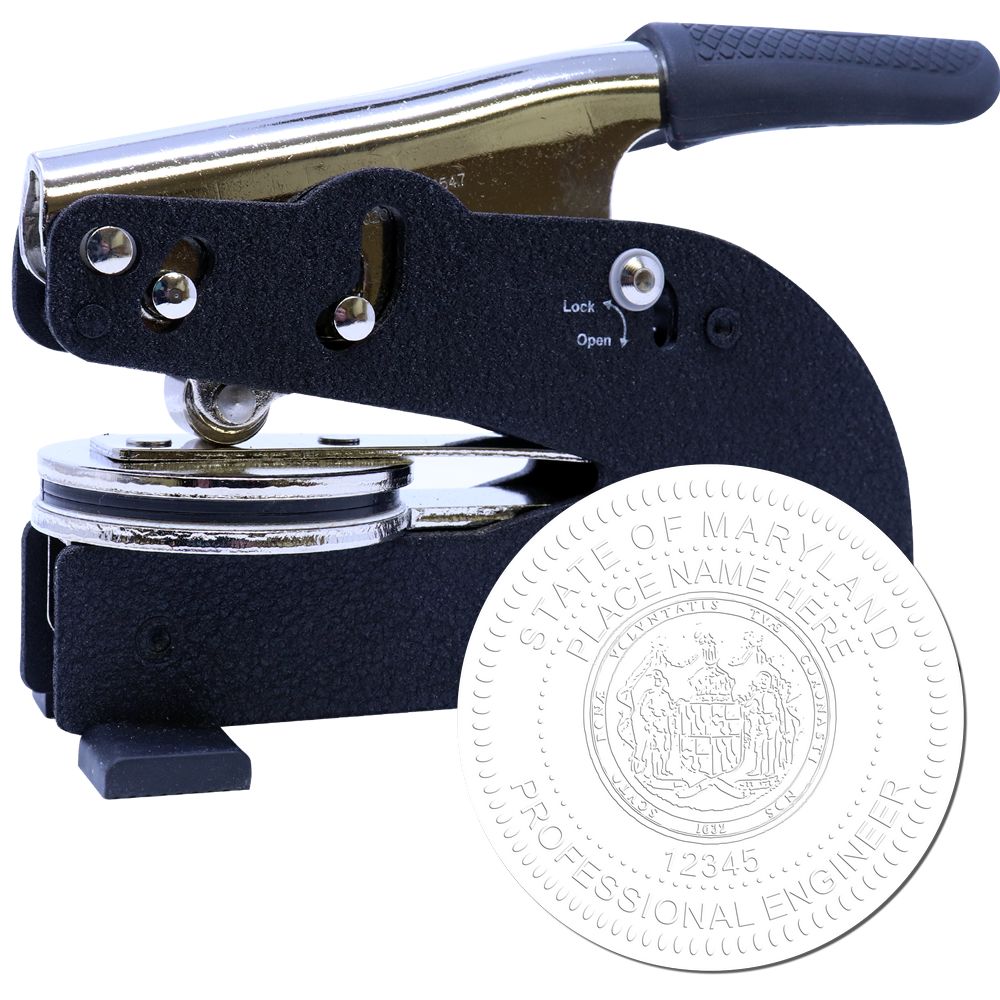
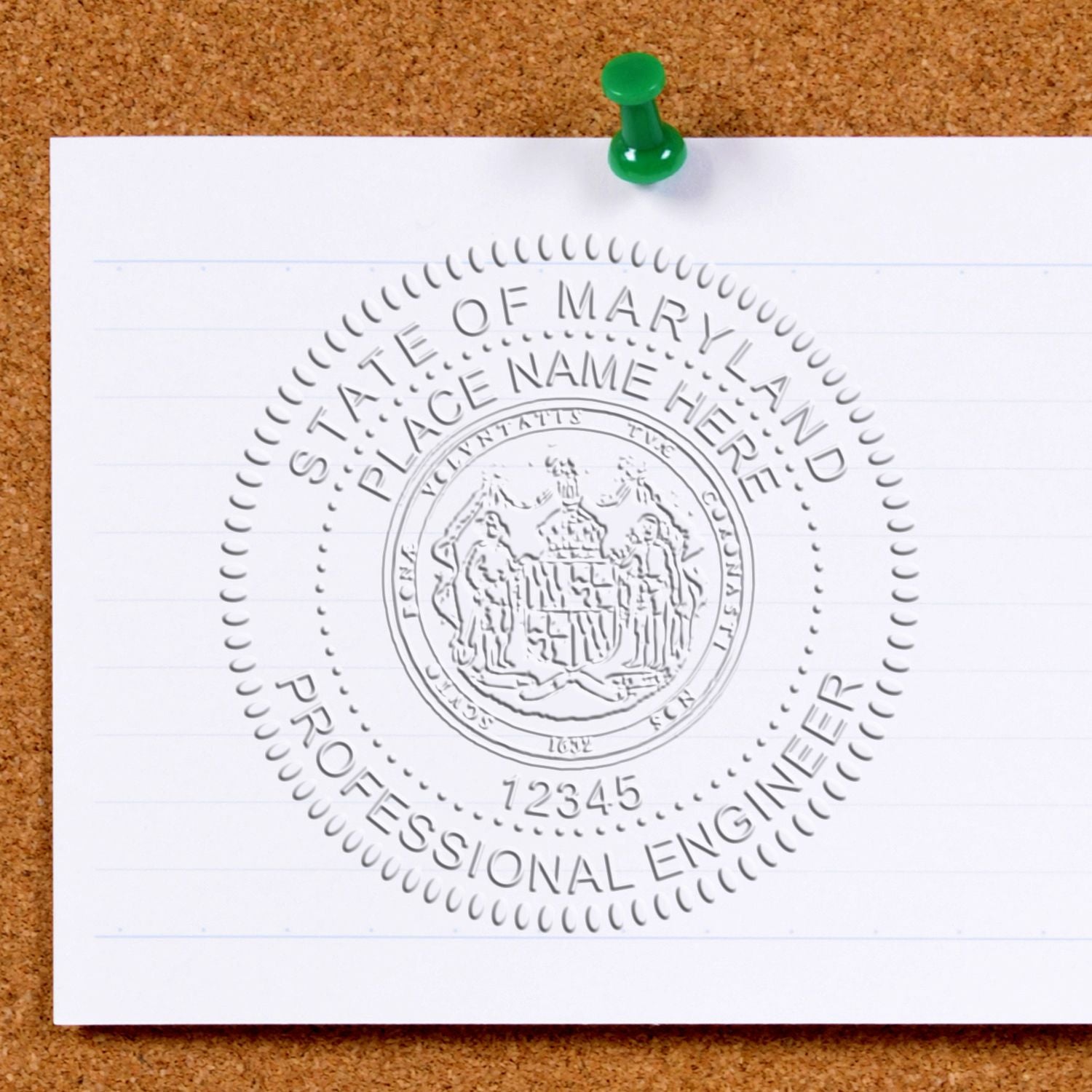
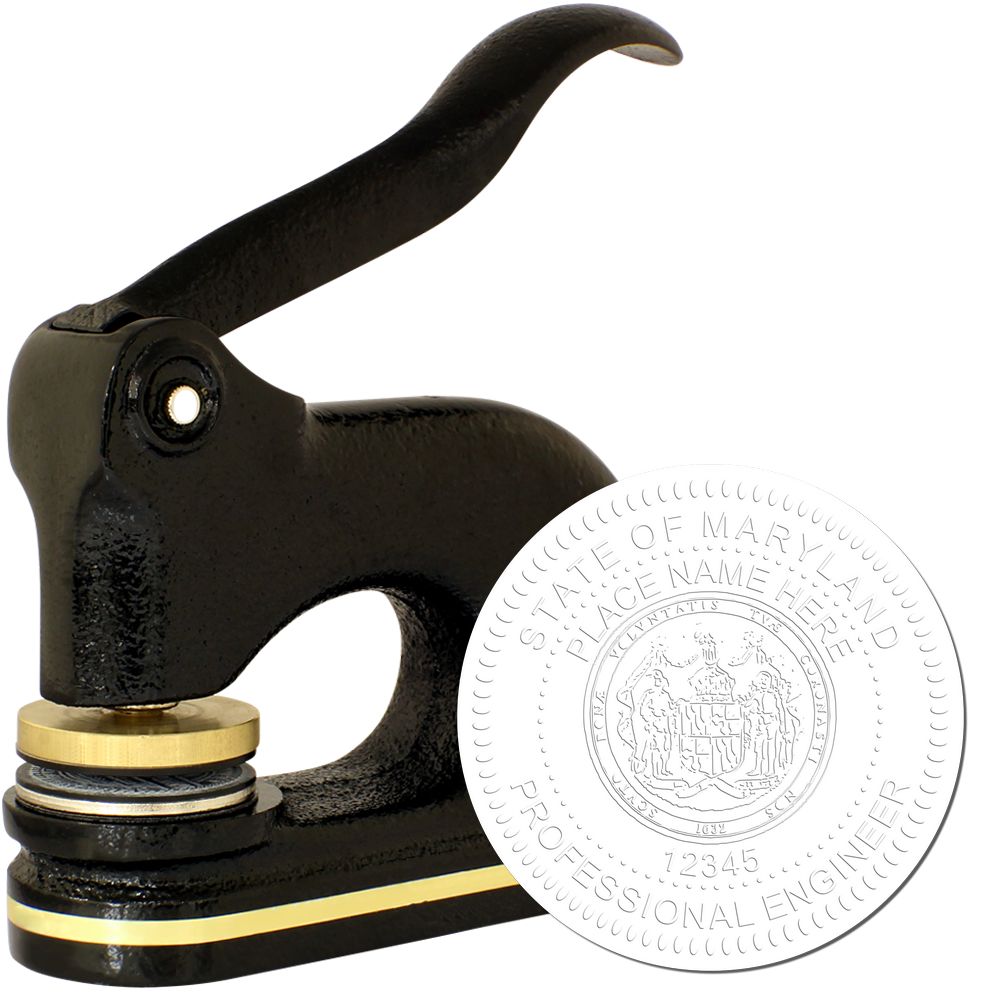
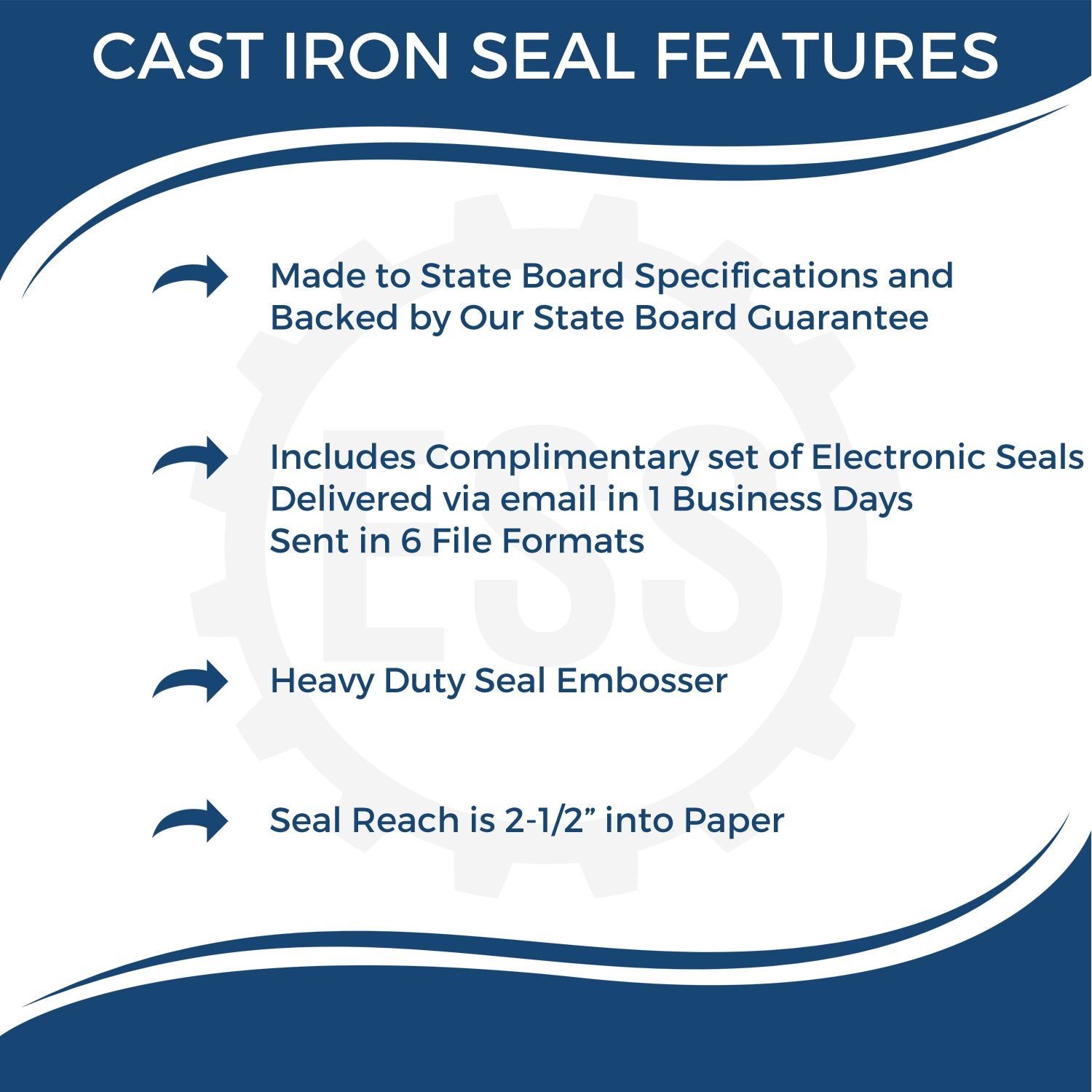
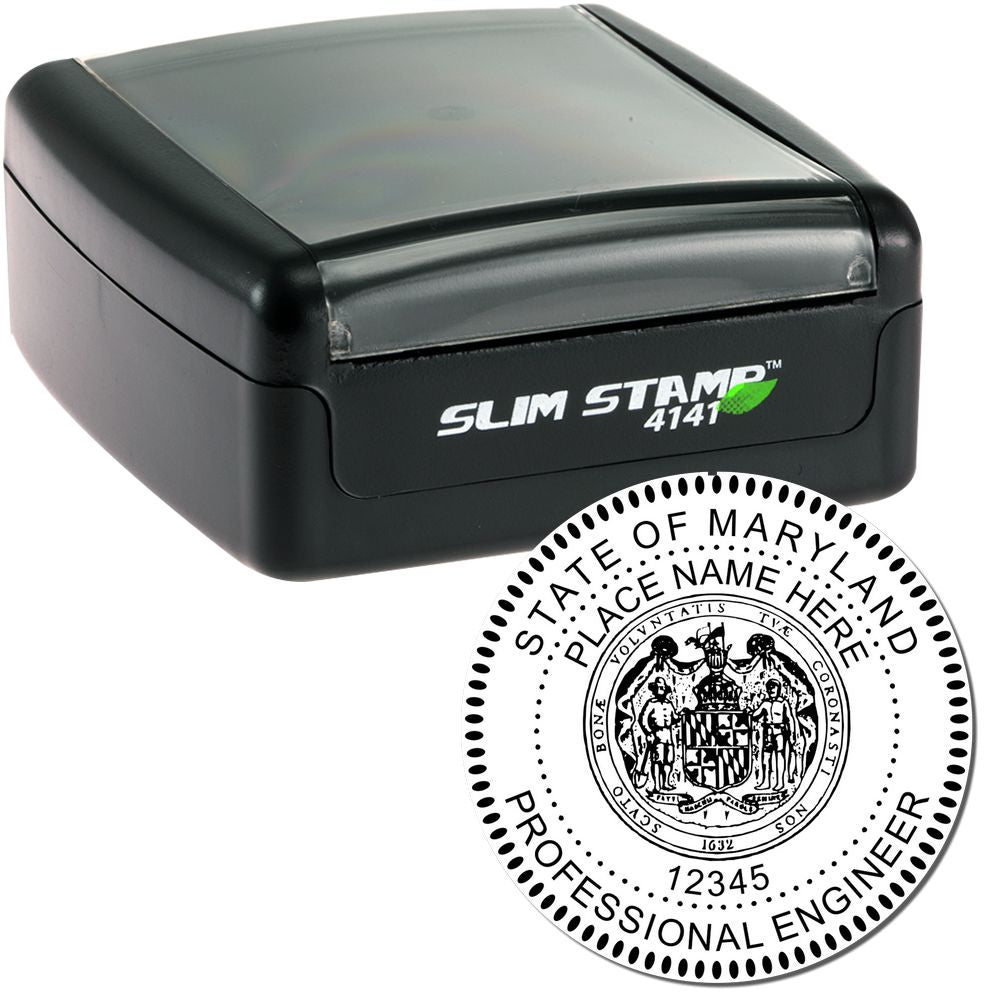
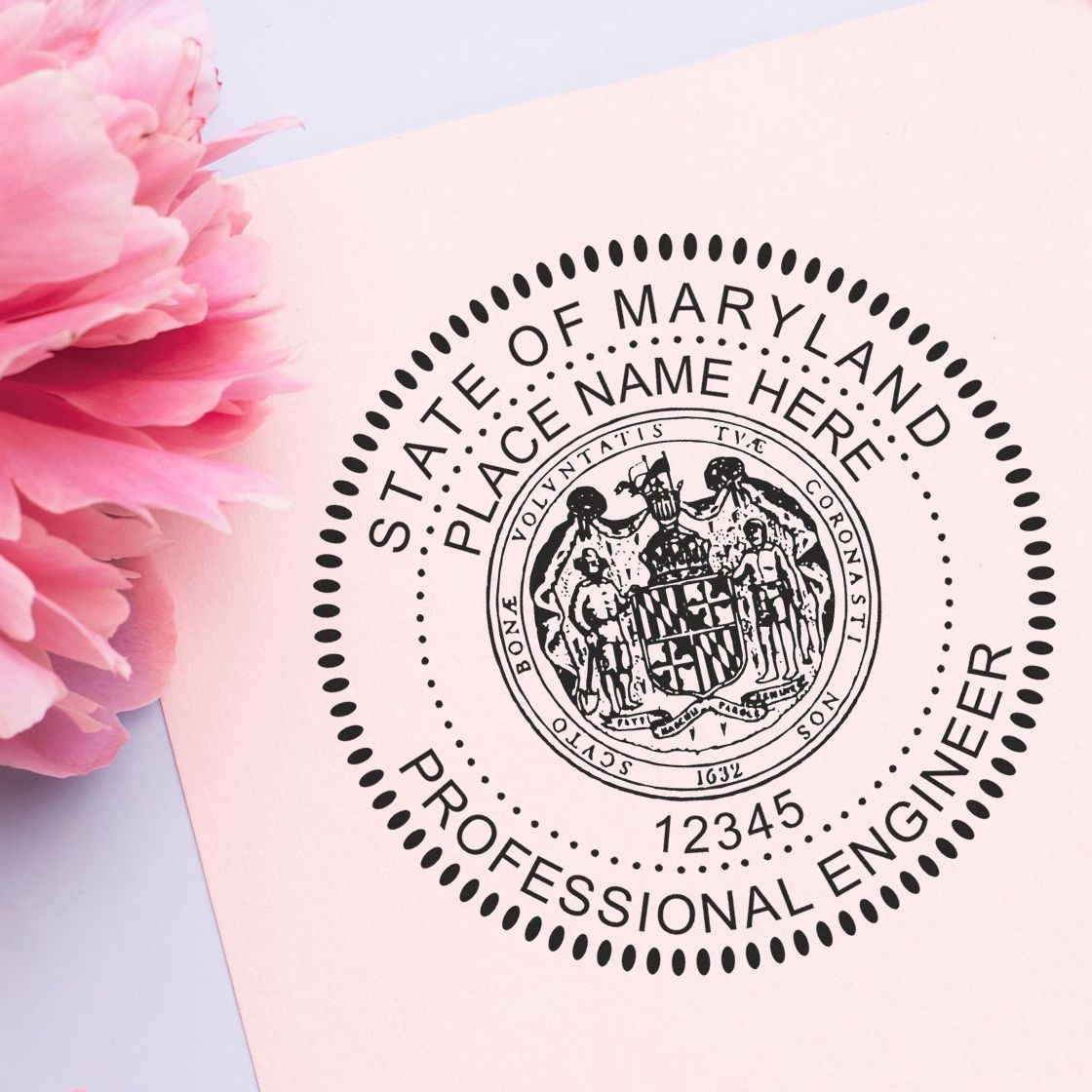
At Engineer Seal Stamps, we take pride in our exceptional customer service and commitment to quality. Our knowledgeable and friendly customer service representatives are always here to answer any of your questions or concerns. We understand that the needs of every business and individual differ, and we work hard to meet and exceed your expectations with our highly customizable stamp products. Choose Engineer Seal Stamps for all your custom rubber stamp, professional seal, and notary stamp needs to experience our superb customer service, superior quality, and fast turnaround time.


